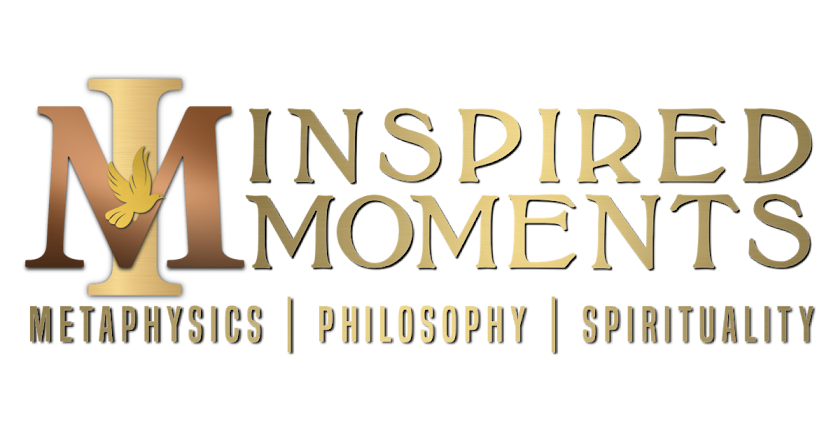Greek Roots of Christianity
Orpheus Bacchus was depicted on the cross in late Orphism (earlier stories of his death have him being torn apart by angry women). Bacchus was another name for Dionysus who was Orpheus’ alter ego in Orphism. Orphism contained the concepts of original sin, sacramental ritual, and redemption.
A few centuries before Jesus, Alexander the Great conquered the Southern Territory of Judea (Israel being the Northern Territory). Along with much of the world at that time they underwent a period of Hellenization (Greek-ness). Because of this, the Hebrew people spoke and wrote in Greek in the era of the Jesus myth and - remember also - that the New Testament was written in Greek rather than Hebrew. At one point much of the Hebrew people could not read Hebrew at all, hence the translation of the Old Testament into Greek (The Septuagint). This influence along with influences from other cultures including Pagan Mysteries can be seen in the resulting rituals and symbolism of the Christian religion.
Orpheus is depicted as one who fishes the uninitiated out of the water of ignorance and into the light. He holds a net in his right hand and a pole in his left. Behind his right leg is a fish. Remember now, that Jesus is calling upon his disciples to make them “fishers of men” (Mat 4:18–20).
In classical Greece, the chief staples of their diet were wine and wheat. These staples were used in ritual worship for their life giving properties. It was thought that the vines and wheat sprang forth from deities in the underworld. By consuming the wheat and wine they thought they were obtaining the life of the deities. The wheat, or body of Philosotes, was eaten and the wine or blood of Dionysus was consumed.
The later Christian counterparts are of course the Lord’s Supper, Holy Communion, or Eucharist (from the Greek word for Thanksgiving) where a wheat wafer or cracker is consumed as symbolic of Christ’s body and wine or juice to symbolize his blood (Mark 14:22–24).
Note that the absence of modern day understanding of digestion and absorption of food value may explain why these people felt compelled to rationalize plants and their derivatives as having life giving properties from the gods. In even earlier religious activities people worshipped animals, possibly in part because eating them kept them alive, something that was a mystery to them.
The Resurrection of Persephone
Demeter was the goddess of fertility and agriculture. Her daughter Persephone was one day abducted by Hades, god of the underworld. While Persephone was gone, Demeter was overcome with sadness and nothing on the earth grew. When Zeus saw that the earth was barren he sent Hermes to bring her back.
Unfortunately Persephone had eaten part of a pomegranate given to her by Hades and therefore a compromise had to be reached. Persephone would spend 4 months every year with Hades in the underworld and 8 months with her mother. Consequently every year Persephone would have to descend into the underworld during which time Demeter would again be overcome by sadness and nothing would grow (winter). In the spring Persephone would resurrect from the underworld and life would abound.
A goddess named Ishtar undergoes a similar dramatic routine in a Persian myth. The word Easter is thought to come from her name. Easter is also celebrated in the spring and is also about the resurrection of Christ and how that brings life (eternal life) according to Christianity.
It is thought that the concept of hell was borrowed from the underworld concept that was prevalent in the mythology of many surrounding cultures. Castor and Pollux were twins. Castor was mortal and Pollux was immortal. The idea of the dual nature of man in Christianity, of the mortal flesh and immortal spirit or soul, was probably derived from earlier concepts such as this.
Just a thought …
~Justin Taylor, ORDM., OCP., DM.
Sources: Joseph Campbell’s Mythos series, J. F. Bierlein’s Parallel Myths, Veronica Ion’s The World’s Mythology in Color
